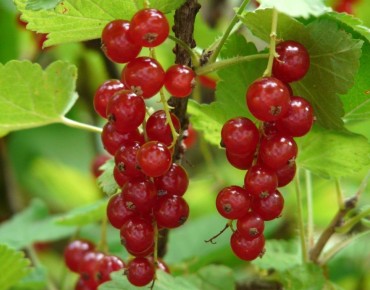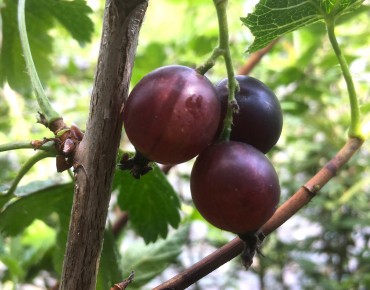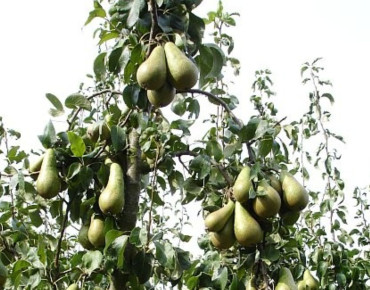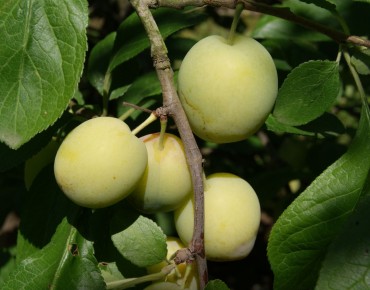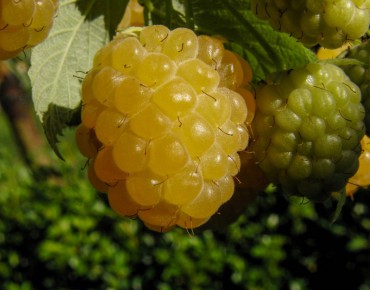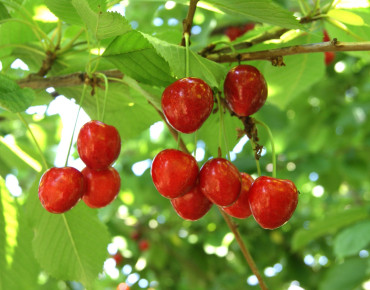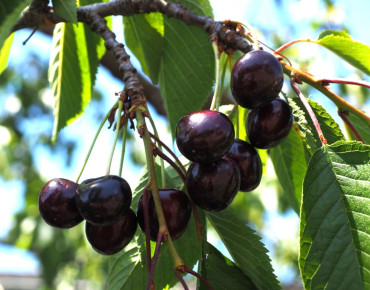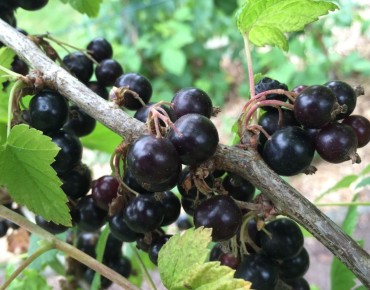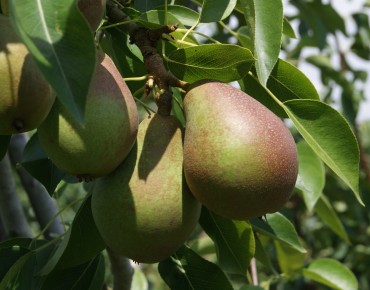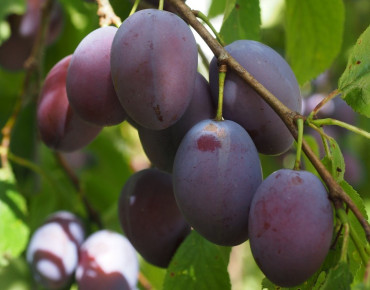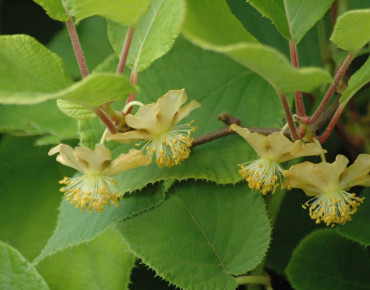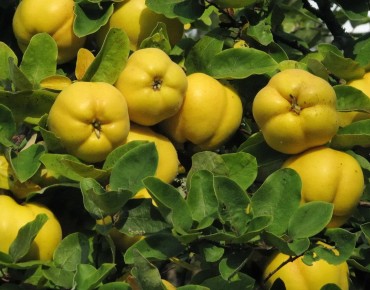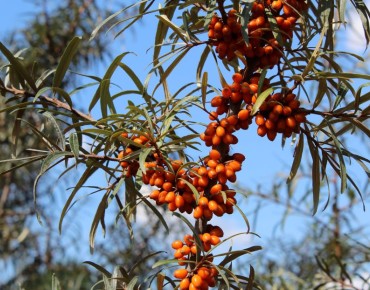Court Pendu Rouge apple tree
Malus Domestica Court Pendu Rouge
Description
Court Pendu Rouge apple tree – Malus domestica 'Court Pendu Rouge'
Main highlight
The ‘Court Pendu Rouge’ apple tree is a traditional European heritage variety, likely originating in France or Switzerland, cultivated since the Middle Ages. It is renowned for its very compact shape, very late blooming period (group 6–7, late April), and greenish-yellow fruits with copper-red cheeks, featuring a fine, firm, aromatic flesh. Well suited to areas prone to spring frost, it is highly appreciated for its long storage capacity through winter. This hardy and low-maintenance cultivar plays a valuable role in preserving ancient fruit-growing heritage.
Origin and characteristics
Geographical origin: France or Switzerland, before the 16th century
Botanical family: Rosaceae
Special features: Rare heirloom variety, very late flowering, excellent storage potential. Synonyms: Court-Pendu Rosat, Court-Pendu Rose
Description and attributes
Mature height: 2.5 to 3 m (on dwarfing rootstock)
Mature width: 2 to 3 m
Habit: Compact, highly branched, naturally bushy
Bark: Grey, fissured with age
Foliage: Deciduous, dark green, dense, veined, oval
Growth: Moderate, begins fruiting after 4–5 years
Hardiness: Excellent (down to −25 °C / −13 °F)
Flowering and fruiting
Flowering period: Late to very late (group 6–7, late April)
Flower description: Simple white blossoms with pinkish highlights, nectar-rich
Fruit: Medium-sized, rough skin, green-yellow base with dark red and copper hues. Flesh is pale yellowish-white, fine-textured, firm, sweet-acid and highly aromatic.
Harvest period: Late September to October
Storage: Keeps well until February in cool conditions
Pollinators: 'Cwastresse Simple' (Calville des Prairies), 'Reinette Étoilée', 'Reinette de France', 'Reinette Dubois', 'Belle Fleur Simple' (Brabant Belle-Fleur), 'Jonathan'
Wildlife interest: Late blooming attracts bees; fallen fruits feed birds in winter
Light and soil
Ideal exposure: Full sun or partial shade
Soil type: Any well-drained soil, preferably fertile loam or loamy-clay; tolerates calcareous soils
Planting
Soil preparation: Deep loosening of soil with well-rotted compost or manure
Planting time: November to March (frost-free), or year-round for container-grown trees
Spacing: 3.5 to 4 m between trees
Soil condition: Deep, fertile, fresh, well-drained with no standing water
Watering
Needs during establishment: Regular watering for the first two years
Mature tree: Minimal watering needed, except during extended droughts
Pruning
When and how to prune:
- Training: Open-centre (goblet) shape recommended to support the naturally compact form
- Maintenance pruning: Winter pruning to open up the canopy, remove dead wood and inward growth
- Fruit pruning: Thin fruit clusters to improve fruit size and air circulation
- Avoid cutting back too hard, as this can delay fruiting
Propagation
Method: Grafting onto M9, M106, MM111 or seedling (franc) rootstocks for larger trees
Garden use
Ideal setting: Traditional orchards, conservation gardens, frost-prone zones
Companion planting: Mint, chives, marigold, comfrey, borage – attract pollinators and beneficial insects
Traditional uses
Use: Fresh late-season consumption, storage apple, juice, cooking (excellent for pies)
Pests and diseases
Susceptibilities: Low sensitivity to common apple diseases, naturally resistant to apple scab
Prevention: Sprays with horsetail or clay, ensure airy pruning, gentle care
Growing tips
Practical advice: Well suited to continental or high-altitude climates. Mulch during hot weather, maintain healthy soil life
Cultivar specifics
Very old apple cultivar with compact growth, very late flowering for frost protection, aromatic heritage fruit with excellent keeping quality
The ‘Court Pendu Rouge’ apple tree (Malus domestica) is an old heirloom variety, ideal for traditional orchards and heritage gardens. Its very late flowering makes it well suited for frost-prone areas. This compact apple tree produces copper-red fruits with firm, aromatic flesh and excellent winter storage potential. Naturally scab-resistant and easy to grow, it adds value to biodiversity-friendly and low-maintenance gardens. Perfect for fresh eating, juicing, or baking, it combines beauty with productivity. Loved by pollinators, it supports ecological balance. Choose this rare cultivar to revive historic fruit heritage and enjoy a long-keeping, aromatic winter apple. Ideal for gardeners seeking flavor, tradition, and resilience in one apple tree.
Features
- Common name : Court Pendu Rouge apple tree
- Family : Rosaceae
- Category : grafted low stem fruit tree
- Spread : 2 to 3 m
- Foliage : deciduous
- Color of flowers : Pinkish white
- Fruit : Medium-sized apple, rough, yellow-green skin with dark red cheeks, yellowish-white flesh, fine, firm, tangy, very sweet, and fragrant.
- Harvest : End of September to October
- Use : isolated - orchard
- Soil : all
- Habit : Rounded
- Enemies : aphids - caterpillars
- Possible diseases : resistant to diseases
- rootstock : MM111
- Pollinator : Cwastresse Simple (Calville des Prairies) - Reinette Etoilée - Reinette de France - Reinette Dubois - Belle-Fleur Simple (Belle-Fleur de Brabant) - Jonathan
Expédition & livraison
How does the delivery work?
 As soon as you place your order your plants are selected
As soon as you place your order your plants are selected Each order is processed individually.
Each order is processed individually. Plants are packed, staked and labeled.
Plants are packed, staked and labeled. Packaging is carefully implemented to avoid any problems.
Packaging is carefully implemented to avoid any problems. Packages are ready to be shipped.
Packages are ready to be shipped.
Our delivery methods
Shipping of our plants throughout Europe (except overseas and islands).
Customer reviews










